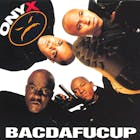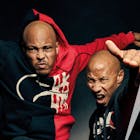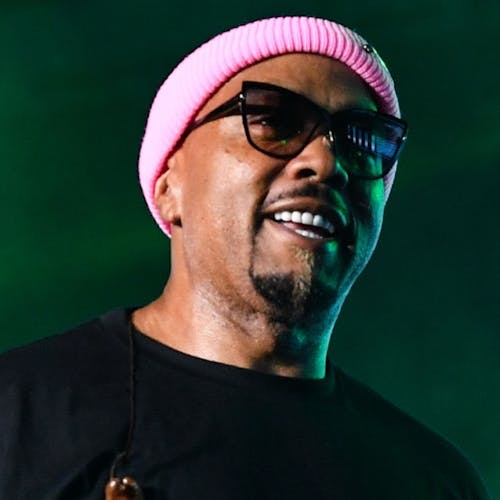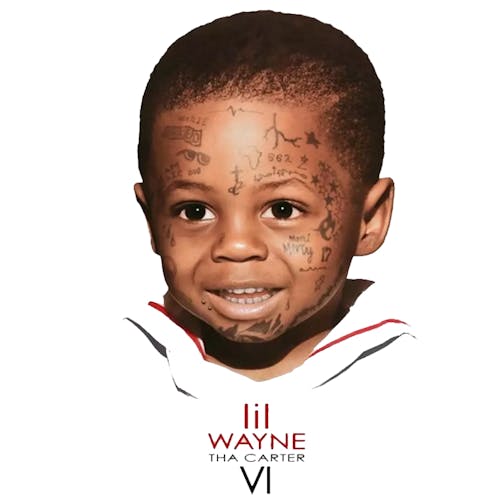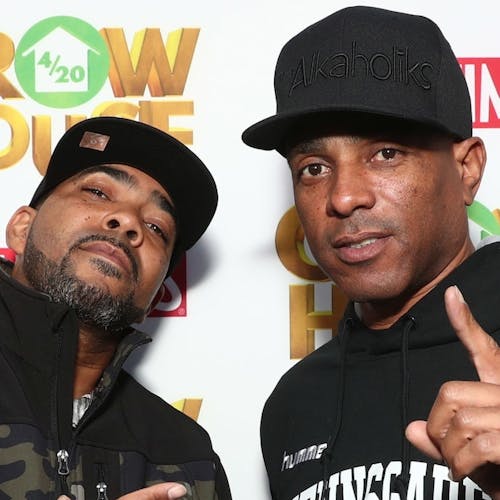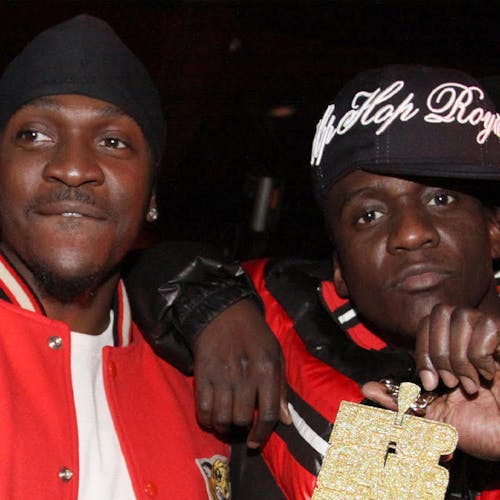
Onyx Talks 30 Years of 'Slam': '1993 Was Definitely the Best Year for Hip-Hop'
Onyx Talks 30 Years of 'Slam': '1993 Was Definitely the Best Year for Hip-Hop'
By Kyle Eustice
Published Thu, April 6, 2023 at 7:00 AM EDT
Fredro Starr, Sticky Fingaz, Big DS and Sonny Seeza — collectively known as Onyx — exploded on the scene with the raucous anthem “Slam” in May 1993 following Fredro’s chance encounter with Jam Master Jay just a few years prior. Stuck in a traffic jam at The Jones Beach GreekFest Festival at the time, Fredro called out to the Run-DMC legend who agreed to give him two months to turn in a demo. He enthusiastically agreed and the group delivered "Stik 'N' Muve" and “Exercise,” which was enough to land a record deal with JMJ Records.
“Slam,” released by JMJ Records and Rush Associated Labels, would serve as the second single from the duo’s debut album, Bacdafucup. Over the last 30 years, the song has appeared in dozens of movies, commercials, TV shows, sports arenas and video games. It’s been sampled by more than 32 different artists, including Eminem, GZA, Ty Dolla $ign and EPMD’s Parish “PMD” Smith, lending the track decades of longevity.
On March 29, Fredro Starr and Sticky Fingaz launched a 45-date tour in honor of the 30th anniversary of Bacdafucup with special guests R.A. The Rugged Man and DJ LALA in tow. Ahead of the excursion, which continues through the end of May, the duo looked back on the making of the album, their time at Def Jam Recordings, and some of the pain they endured along the way.


Rock The Bells: Here we are. Thirty years later. How does it feel?
Fredro Starr: When you look back at it it’s like, “Where did all the years go?” You just have bits and flashbacks of what went on in 30 years. But to tell you the truth, it just feels like it just was like overnight.
Sticky Fingaz: Right. We just wanted to have fun. Time flew.
Hopefully, you had a little bit of fun at some point.
Fredro Starr: Yeah, it was fun. All the struggles, all the triumphs, the victories—everything was just part of the whole embodiment of just being in the game for 30 years. Like I said, Jam Master Jay ain’t here no more, Big DS ain’t here no more, [producer] Chyskillz ain’t here no more…so it’s just good to still be recognized in Hip-Hop.
How was it to be forced to move forward without them?
Fredro Starr: Before every live show, we always show respect to Jam Master Jay, Big DS and Chyskillz—religiously. They’re not here physically but spiritually, they always with us. It's just you have to keep going. They're not forgotten.
They finally made some arrests in the murder of Jam Master Jay. What was your initial reaction?
Fredro Starr: I don't think I felt anything, really. Hopefully, they got the right people. At the end of the day, that's not going to bring Jam Master Jay back. The trial, who did it— it really, really doesn't bring Jay back.
Sticky Fingaz: That’s it right there. Still, we celebrate his life.
I spoke to DMC a few days ago and you can still hear the pain in his voice from losing him.
Fredro Starr: Jay was the architect of Hip-Hop. He was the godfather of Run-DMC, and definitely the godfather of Onyx. The things he did for our career—because Run-DMC at the time, these guys are Rock and Roll Hall of Fame. So to be down with these guys and in the presence of these guys on our first album 30 years ago, it was just crazy.
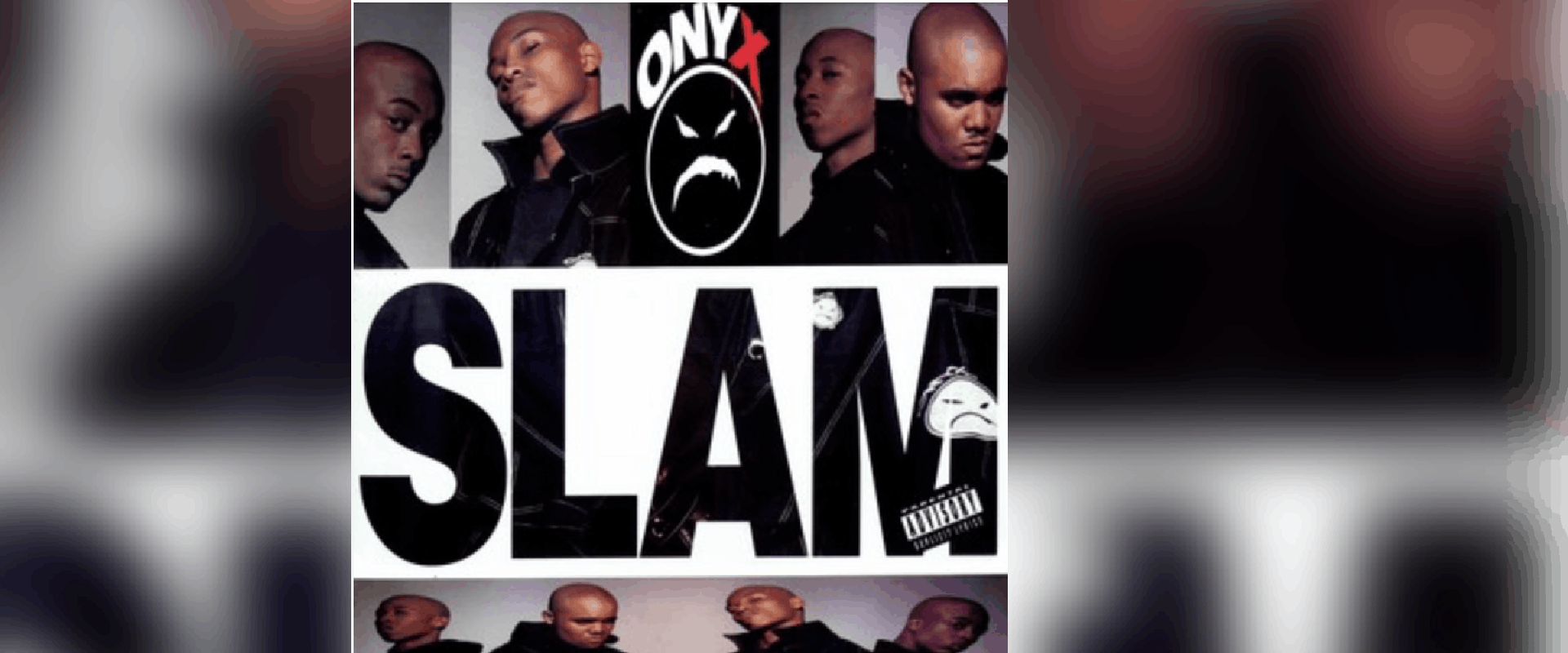

DROP YOUR EMAIL
TO STAY IN THE KNOW
What’s the origin story?
Fredro Starr: We met Jam Master Jay around when Soul II Soul came out. That was the soundtrack playing in the background. So whatever year that was. Because we knew Jay for two years before we even got signed. We met J at a traffic jam at a Greek Fest in New York. It was all a beach and we have Jay in traffic. You know how they say, “I’ll see you in traffic?” Well, we saw him in traffic.
And you knew who he was because Run-DMC came out in 1983.
Fredro Starr: Right. It was like, “Oh shit, there’s Jam Master Jay.” And he was kind enough to let us into his tricked-out van on the highway. We got to smoke some weed with Jay and that was the gate. You know how people say weed is a gateway drug? It was a gateway to meet Jam Master Jay. We just all developed a friendship before he even had a label. It was just like, he just saw something in these kids from Queens, these little dudes who rapped. We got his phone number and we called him enough times not to get blocked.
You have to tell me a little bit about this tricked-out van [laughs].
Fredro Starr: Back in the day—and peace to his brother Marvin ‘cause Marvin was the driver—Jay had dreadlocks. I think they had a record called “Pause” at the time and Jay and Run-DMC were going through their De La Soul phase. That was hot.
Sticky Fingaz: The D.A.I.S.Y. Age.
Fredro Starr: The van was black. You go in there and there was TVs and it’s just loud. I mean, it was so fucking loud. He’s just rumbling, one of those types of things.
You start working with him on Bacdafucup. What was it about your musical chemistry that clicked?
Fredro Starr: Sticky wasn’t in the group yet. He was like the guy on the bench at the basketball game who scores 50 points in his first game. Like, “He’s gotta start!” It was kind of the same thing. Jay recognized his talent and put him in the group. That's when it clicked. He was the missing piece. It was then four of us in the group.
Didn’t he say something to the effect of if Sticky isn’t in the group, there is no group?
Fredro Starr: That was the move.
Fredro Starr: There was definitely a relationship with Def Jam. We were signed with JMJ Records and Jay took us to Def Jam, like he had a little office.
Sticky Fingaz: We signed with Jay, but Jay was signed to Def Jam. [Editor’s Note: JMJ Records was one of the Rush Associated Labels, a subgroup of Def Jam. Jay as a solo artist was never signed to Def Jam.]
Fredro Starr: It was baby steps. When we first came in a building, we was looking at the walls and seeing Public Enemy and LL COOL J posters on the wall. And you’re like, “OK, we’re inside.” This is before they got corporate.
When people were smoking blunts all day [laughs].
Fredro Starr: One of the first people we met was Flavor Flav. He was one of the first artists from Def Jam that we met when we went up there. He’s like, “Oh, you are the Onyx guys everybody's talking about.” I guess we was buzzing by that time.
You said “Slam” was influenced by Nirvana’s “Smells Like Teen Spirit.” What about the Anthrax and Public Enemy collaboration? Did that have any influence on you guys when it came out in ’91?
Fredro Starr: Not that Public Enemy record in particular, but “My Uzi Weighs A Ton,” that’s my shit. We were looking at these records on TV and we were feeling it. We were fans. We was down with the shit. We had our Black fists up in the air. More than just that record, just the whole Public Enemy, fight for your rights, stand-up, powerful air went into Onyx.
You put a lot of aggression into your music. It’s strong and powerful. Where did this energy come from?
Sticky Fingaz: From the USG, the United States ghetto.
That’s official, huh?
Fredro Starr: It was official. Like I said, Jay was doing the D.A.I.S.Y. Age thing, the Native Tongues. We went through that era too. We didn’t always rap with so much aggression, going so hard. What happened was there was one particular song produced by this guy named Fat Steve. We came with, “Move back motherfuckers, the Onyx is here.” That line was the catalyst for our entire vision.
Sticky Fingaz: Right.
Fredro Starr: That stuck with everything. That was the birth of the grimy style. We altered our voices, we characterized everything.
So in addition to kind of birthing this grimy style of rap, what would you say is your biggest contribution to Hip-Hop?
Fredro Starr: Onyx brought “Slam” to Hip-Hop. “Slam” is one of the biggest records and still is. When we first did “Slam,” it was just to get people to let their energy out and have a good time on the dance floor. We brought that to the game. Of course, there were the Beastie Boys, Public Enemy and Run-DMC who integrated rock and roll and Hip-Hop culture, but as far as “Slam” the record and slam dancing, we brought that. Now you have Travis Scotts, Lil Uzi Vert and A$AP Mob with that culture. We were a big part of that, and it’s still happening now.
I’d never seen that until I went to a Beastie Boys, L7 and House of Pain show in the 1990s. Of course, you had Run-DMC who did the Aerosmith collaboration “Walk This Way,” but this was something different.
Fredro Starr: And we definitely brought that to Hip-Hop. That culture is good because you get to let out energy. You can leave it on the dance floor and have a good time.
Sticky Fingaz: All that tension.
Life can get a little bit more complicated as you get older. How do you take out that kind of aggression nowadays as men in your 50s?
Sticky Fingaz: It’s not just about you anymore. You got a wife, you got kids. You gotta be strong for other people.
Fredro Starr: The good thing about our live shows is that we still have young people that come in and it's crazy. The majority of Onyx shows, the kids are still like 18, 19 and 20 years old. And that kind of keeps us young. So as far as performing and stuff, you grow and you experience life. Your kids can carry on your legacy the same way I see Jam Master Jay kids carry on his legacy. It’s a good thing we can leave something behind, something they can hold on to.
Do you think Hip-Hop is in a good place?
Fredro Starr: Hip-Hop is in a good place because I know what I want to listen to. I don’t cater to what’s popular. I know what I like.
Sticky Fingaz: I think it’s in a great place. Kids are making more money. They want to become more global. It’s definitely not in a bad place, that’s for sure. And Onyx is still here, so it’s in a great place.
As you said earlier, the ‘90s were a special time. You could look at the Billboard chart and see Onyx or Public Enemy or A Tribe Called Quest, whatever. The quality, to me, is suffering—at least in terms of mainstream acts.
Sticky Fingaz: 1993 was definitely the best year for Hip-Hop. But there’s still groups.
You have to mine for it now.
Fredro Starr: Like DJ Premier, he’s so crazy. Throughout his entire career, I’ve never seen him play trap music. He’s just played Hip-Hop. There’s still guys who are carrying on the boom bap culture. You just got to know where to find it. Hip-Hop is in a great place. Because now we have so many different subcultures in Hip-Hop.
Well “Slam” was a radio hit. I love how you wrote it in seven days and it was the very last song you did on the album. How would your life be different had you not written it?
Fredro Starr: It would be very different for me. Everything’s timing. You know how they say timing is everything? If we wasn't home watching that Nirvana video at the time, who knows? We just got another huge placement for “Slam.” When we made “Slam,” we didn’t think it would hit with basketball or hit for this long, for that matter. But here we are.
